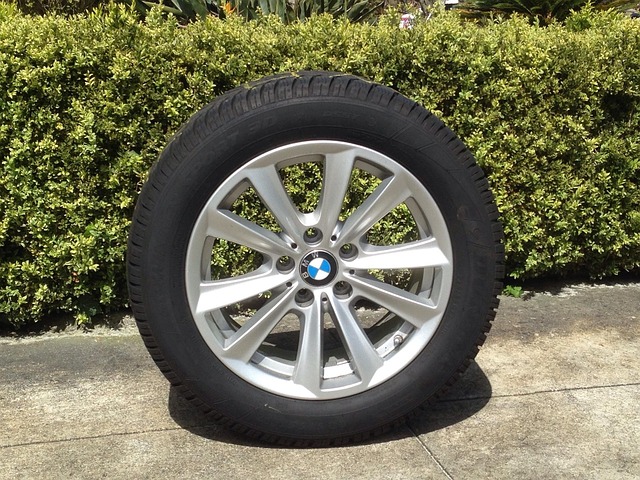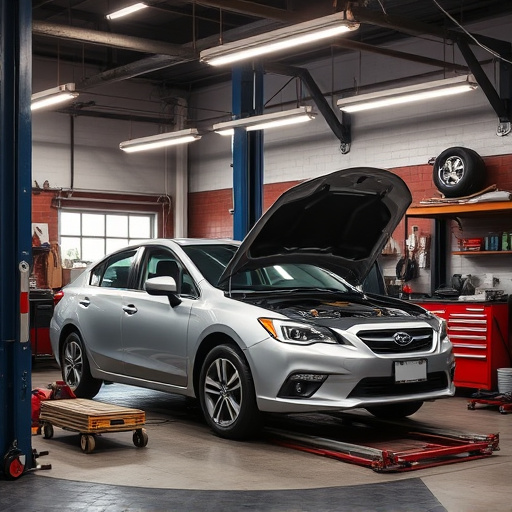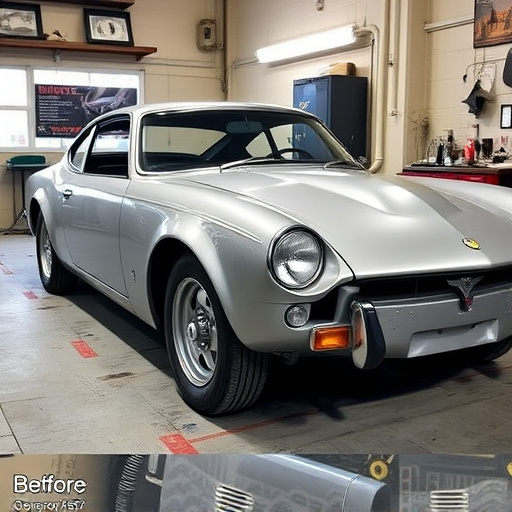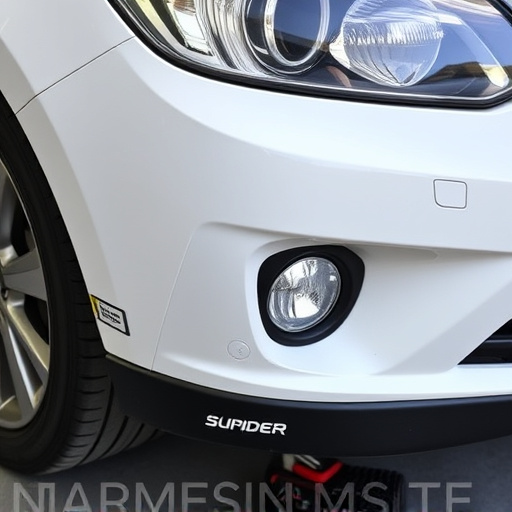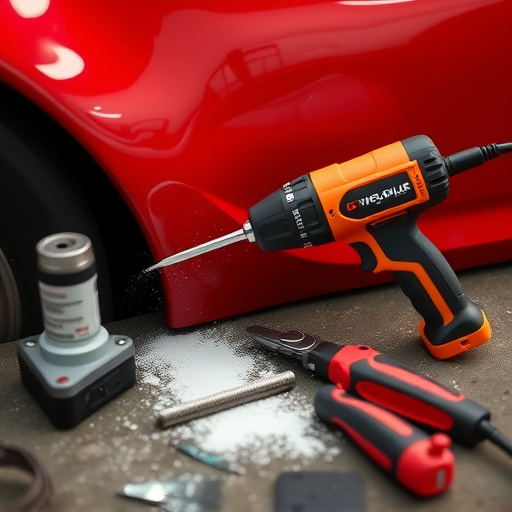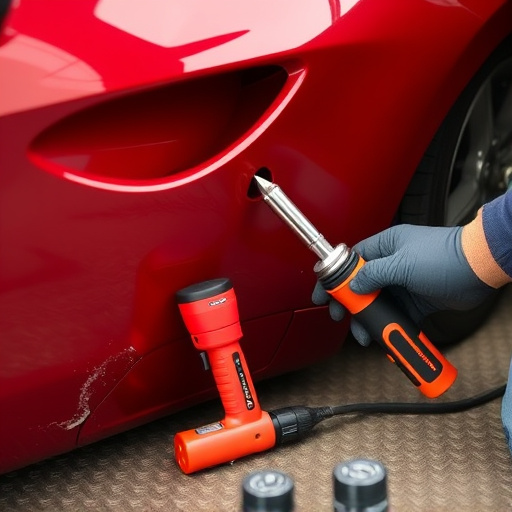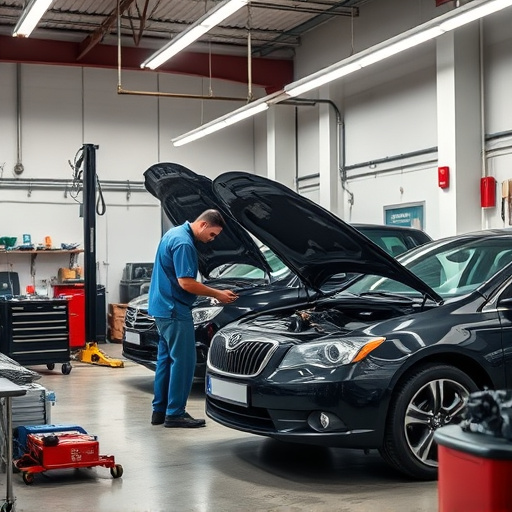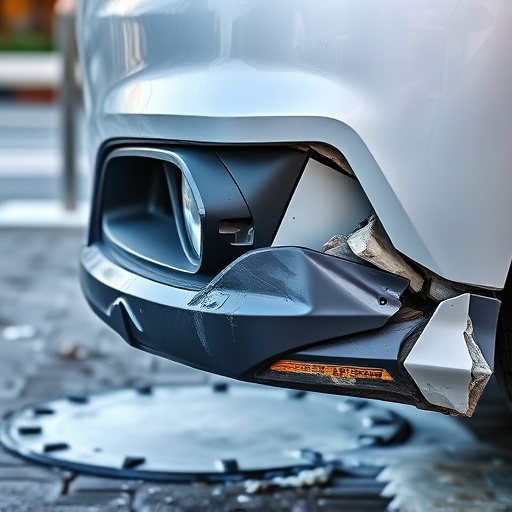Mercedes run-flat tires offer safety and convenience, allowing continued driving at high speeds after a puncture. At lease return, their replacement is crucial for cost management and maintaining vehicle standards. Specialized equipment and trained technicians are needed for efficient replacement, ensuring structural integrity and optimal performance upon resale or next lease.
Mercedes vehicles equipped with run-flat tires present unique challenges upon lease return, requiring meticulous inspection and replacement processes. This article delves into understanding these specialized tires, navigating lease return standards for condition assessment, and exploring efficient replacement procedures tailored to meet Mercedes’ stringent criteria. Discover how proper management of run-flat tire replacements ensures a seamless transition during vehicle turnover, upholding both manufacturer expectations and client satisfaction.
- Understanding Mercedes Run-Flat Tires
- Lease Return Standards and Tire Condition
- Efficient Replacement Processes for Run-Flats
Understanding Mercedes Run-Flat Tires
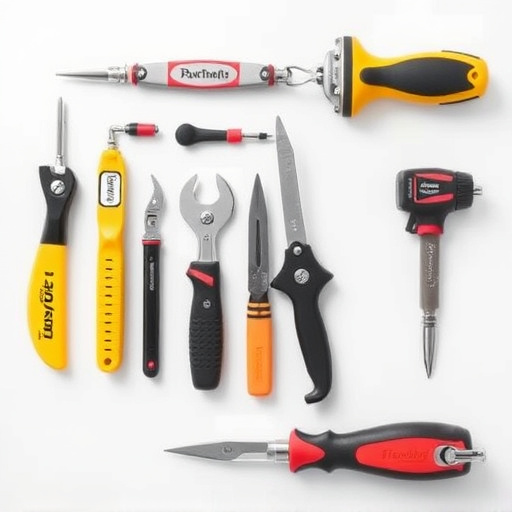
Mercedes run-flat tires are an innovative feature designed to enhance safety and convenience for drivers. These tires are engineered with a rigid inner structure that allows vehicles to continue driving for a limited distance after a puncture, providing a crucial window for safe emergency stops or reaching a service center. Understanding how these tires work is essential when considering Mercedes run-flat tire replacement, especially at lease return standards.
When a run-flat tire is damaged, the vehicle’s computer senses the pressure loss and activates a series of mechanisms to stabilize the wheel. This process includes deploying a temporary sealing ring that fills the void, preventing further air escape. The tire can then be driven at reduced speeds, typically up to 50 miles per hour, giving drivers time to safely address the issue. This feature is particularly valuable for those with lease agreements, as it allows them to return their vehicles without the worry of immediate tire replacement costs, and it may even extend the life of the original tires by delaying the need for a full Mercedes run-flat tire replacement or auto body services due to hail damage repair or other incidents.
Lease Return Standards and Tire Condition
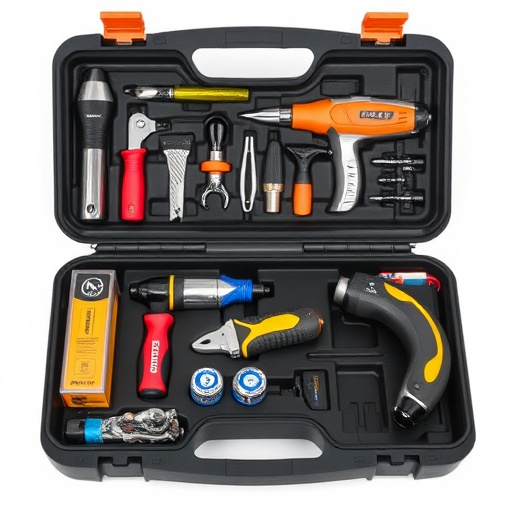
When a vehicle is returned after a lease period, both the owner and lessor are keenly interested in ensuring it meets specific standards. One critical aspect is tire condition, particularly for luxury vehicles like Mercedes-Benz models. Mercedes run-flat tires, designed to maintain pressure in case of a puncture, require specialized replacement when damaged or worn out. This process necessitates adherence to stringent lease return standards, which often dictate the type and quality of repair services allowed.
Proper automotive repair for these tires involves more than just swapping out used ones. It entails careful inspection, precise measurement, and sometimes, even custom ordering to match the exact specifications set by Mercedes Benz for their vehicles. The same attention to detail applies to other essential components like auto glass replacement, ensuring that every aspect of the vehicle is in top condition for its next phase—whether it’s reselling or another lease period.
Efficient Replacement Processes for Run-Flats
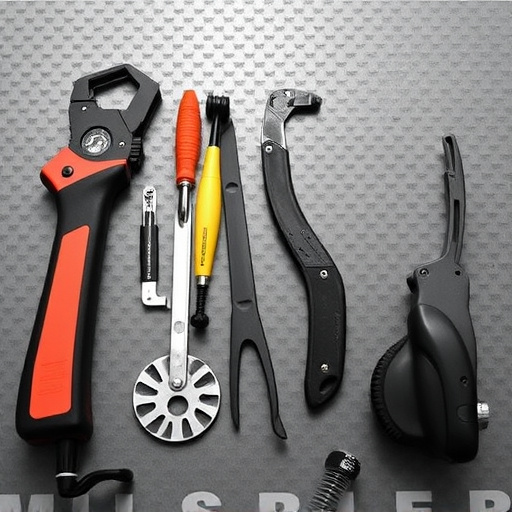
Efficient Mercedes run-flat tire replacement processes are crucial for maintaining lease return standards. When a vehicle equipped with run-flat tires experiences a puncture, it’s essential to act swiftly and accurately. The ideal scenario involves a seamless transition where the damaged tire is promptly removed, and a spare run-flat tire is fitted without compromising the vehicle’s structural integrity. This often requires specialized equipment and trained technicians who can navigate the intricate process of replacing the tire while minimizing impact on other components.
Many collision centers and vehicle body shops now offer advanced Mercedes run-flat tire replacement services that include precise alignment, pressure monitoring, and thorough inspections. These facilities employ state-of-the-art tools to ensure accurate mounting and balancing, which is vital for optimal performance. Vehicle repair services that prioritize efficiency in run-flat replacements can significantly reduce downtime and help lessees meet return criteria with confidence.
Mercedes lease return standards require tires, including run-flats, to be in excellent condition. Efficient replacement processes focus on minimizing downtime and ensuring these specialized tires meet stringent criteria. By understanding the unique characteristics of Mercedes run-flat tires and implementing streamlined replacement methods, businesses can maintain high standards while providing quality service for Mercedes vehicle owners. This ensures a safe and reliable driving experience, even after lease return.
